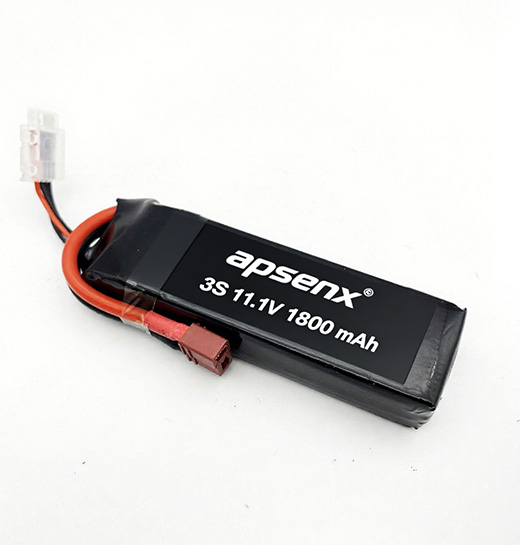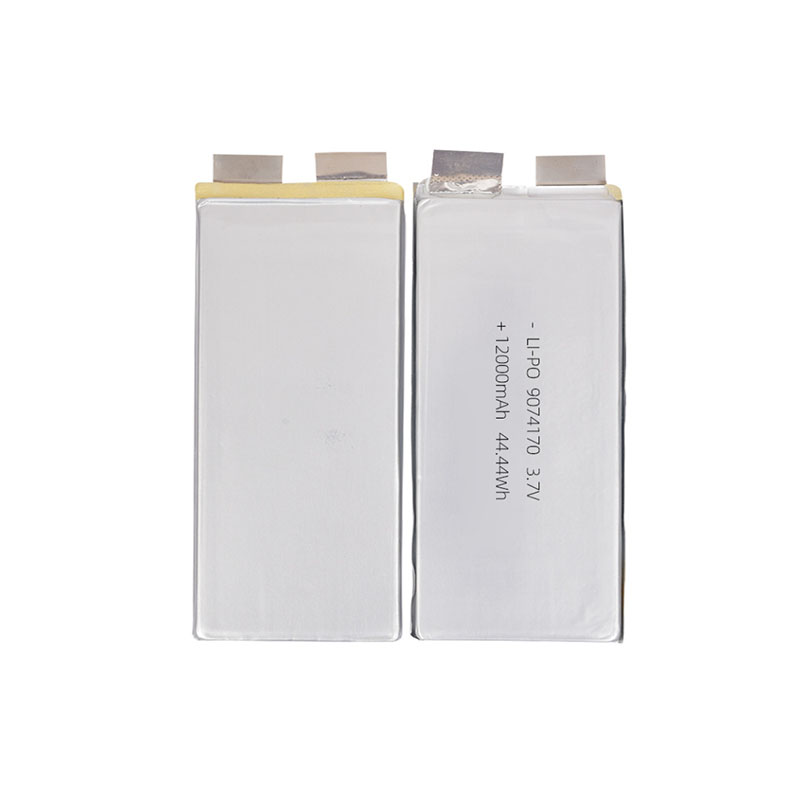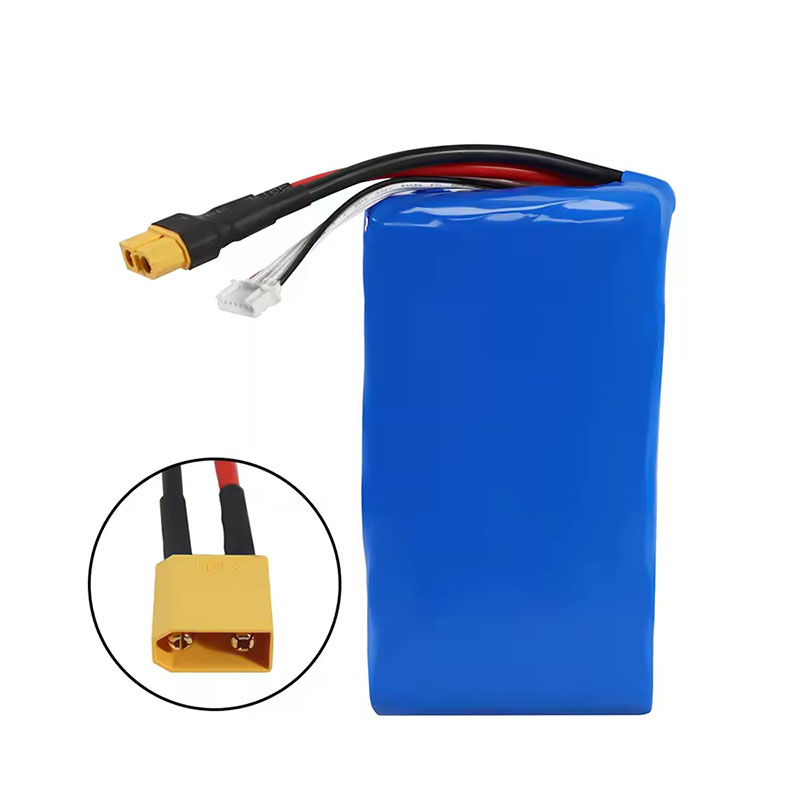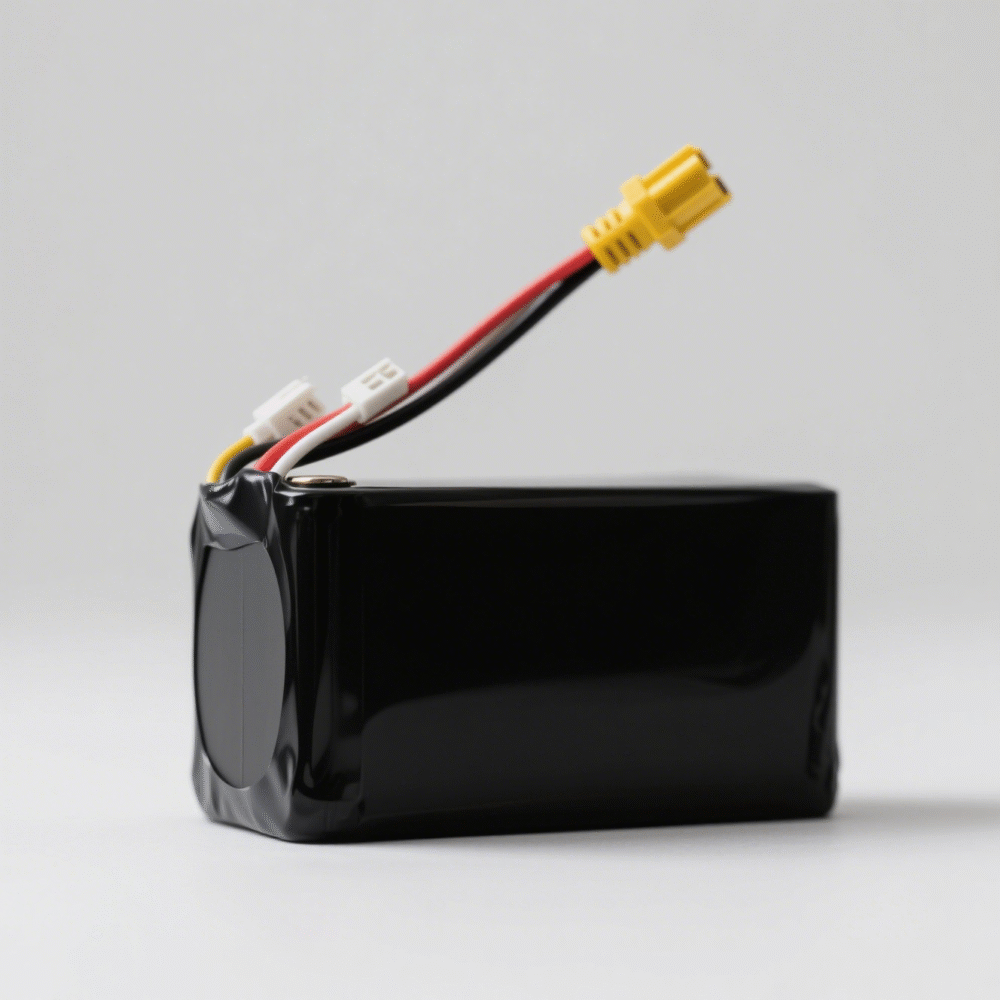Blog
Explore the Power of Lithium Innovation
Stay updated with the latest trends, technologies, and application insights in the world of lithium battery solutions
Search the whole station
Explore the Power of Lithium Innovation
Stay updated with the latest trends, technologies, and application insights in the world of lithium battery solutions
Most UAVs (Unmanned Aerial Vehicles) run on Lithium Polymer (LiPo), Lithium-ion (Li-ion), or Lithium Iron Phosphate (LiFePO4) batteries. Some older or basic models may still use Nickel Metal Hydride (NiMH), but it’s becoming rare. The choice really depends on what the drone is built to do—speed, endurance, or stability.
Because they hit the sweet spot between weight, power, and flexibility. LiPo packs are light and can deliver quick bursts of current, which is exactly what multi-rotor drones need for takeoff and maneuvering. You’ll find LiPo batteries in most consumer and racing drones.
The downside? They’re a bit temperamental—if you overcharge, puncture, or store them wrong, they can swell or overheat. So most UAV operators keep them under strict charging and storage routines.
Li-ion batteries last longer and hold more energy for their size. That means longer flights—but at a lower discharge rate. So, instead of racing drones, you’ll see Li-ion packs in survey, mapping, or fixed-wing UAVs that cruise for 1–2 hours. They’re also safer to handle and more durable across many charge cycles.
These are the workhorses of the UAV battery world. LiFePO4 (Lithium Iron Phosphate) batteries don’t have the same energy density as LiPo or Li-ion, but they’re rock-solid in terms of safety and thermal stability. They can handle heat, rough conditions, and hundreds of cycles. That’s why they’re often used in industrial, agricultural, or military UAVs, where reliability matters more than long flight times.
Only the old-school or budget ones. NiMH and lead-acid batteries are heavy and inefficient compared to lithium-based types. You might find them in training drones, educational kits, or ground control systems, but not in modern UAVs meant for real work.
A lot. The type of battery decides how far, how long, and how stable your UAV flies.
In short, your battery isn’t just a power source—it’s part of the flight design.
Yes, and fast. Manufacturers are experimenting with high-voltage LiPos, graphene-enhanced cells, and solid-state lithium batteries that could double flight time and safety. For larger UAVs, hydrogen fuel cells and hybrid battery systems are also being tested to push endurance even further.
A few small habits go a long way:
Handled right, a good UAV battery can easily last over 300–400 charge cycles before noticeable drop-off.
In today’s UAV market, LiPo and Li-ion batteries dominate because they strike the best balance between performance and weight. LiFePO4 is the go-to for industrial applications where safety and cycle life matter more. As battery tech keeps evolving, we’re getting closer to drones that can stay in the air for hours instead of minutes.

Apsenx 3S LiPo battery delivers powerful, stable energy for FPV and RC drones. Designed for advanced pilots, it balances voltage, capacity, and weight for optimal flight performance and extended runtime.

Apsen 12000mAh high-rate low-temperature UAV lithium battery with smart BMS for industrial and consumer drones. Long endurance, high discharge rate, customizable voltage, and certified global safety compliance.

Apsen 8000mAh 21700 6S2P 22.2V 10C LiPo battery for RC aircraft, FPV drones, and industrial UAVs. High discharge rate, customizable connectors, OEM/ODM support, and certified safety compliance.

Apsenx 6S 22.2V 12000mAh LiPo battery for agricultural drones, FPV racing, and RC aircraft. Features XT90 connector, high discharge rate, long flight endurance, and full OEM customization.
Learn the regulations for carrying battery packs, lithium batteries, and power banks on airplanes. Understand rated energy limits, hand luggage rules, and airline approval requirements.
View detailsLearn how to customize a 18650 3.7V 10Ah lithium battery pack, including battery selection, assembly methods, advantages, and tips for high-power applications.
View detailsExplore the 3.7V lithium-ion battery, its high energy density, low self-discharge rate, long lifespan, and common applications in electronics, EVs, and portable devices.
View detailsFrom laptops to e-bikes, 18650 batteries power countless devices. Learn my hands-on guide to usage, safety, and storage for long-lasting performance.
View details
HelloPlease log in